The Internet and Education
The internet, also simply called the Net, is the largest and far-flung network system of all systems.Surprisingly, the internet is not really a network but a loosely organized collection of about 25,000 networks accessed by computer on the planet.It is astonishing to know that no one owns the internet. It has no central headquarters, no centrally offers services,and no comprehensive online index to tell users what information is available in the system.

How is everything coordinated through the internet? This is done through a standardized protocol ( or set of rules for exchanging data) called TRANSMISSION CONTROL PROTOCOL/INTERNET PROTOCOL (TCP/IP). To gain access to the internet, the computer must be equipped with as is called as server which has a special software that uses the internet protocol.Originally develops and still subsidized by the united States Government,the internet connects not only commercial , industrial,scientific establishment but all other sectors including education and its libraries,campuses and computer centers.
The great atractions of the internet is one the sign up fees Are paid, there are no extra charges.Electronic mail,for example, is free regardless of the amount of use.In contrast,individuals using the internet on their own personal computers must pay ungoing monthly fees to whoever is their service provider.
GETTING AROUND THE NET
The vast sea of information now in the internet, including news and trivia,is an over whelming challenge to whom who wish to navigate it .Everyday,the net user population and the available information,continue to grow , and new ways are continuously being developed to tour the internet.
The most attractive way to move around the internet is called browsing. Using a program called browser, the user can use a mouse to point and click on screen icons to surf the internet, particularly the World Wide Web (the Web) , an Internet, s subset of text,images, and sounds are linked together to allow users to access data or information needed.
The future of the internet seems limitless. Already its complexity has spawned and continue to spawn Net sites including new demand for services to business, industries , science, government, and even homes. Many effort predict that the internet is destined to become the centerpiece of all online communication in the planet and in some future time in the solar system using interplanetary satellite communication stations.
A view of educational uses of the Internet
Today, even elementary school paraders in progressive countries like the United states are corresponding via e-mail with pen pals in all 50 states. They ask probing questions like, “What is your state’s most serious problem?,” or How much does a pizza cost in your state? This educational activity prodded by their schools are paying dividends for increasing the pupil’s interest min Geography to a greater understanding of how people live in large cities and other places in the United States or the world.
Educations software materials have also developed both in sophistication and appeal. There is now a wider choice from rote arithmetic or grammar lessons to discovery and innovation projects. But the real possibility today is connecting with the world outside homes, classroom, and Internet cafes. Today schools are gearing up to take advantage of the Internet access, where they can plug into the library of Congress, make virtual visits to famous museums in the world, write to celebrities , and even send questions to heads of states.
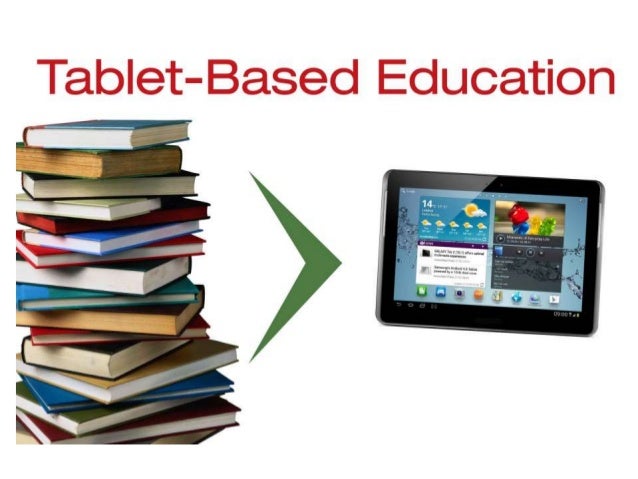


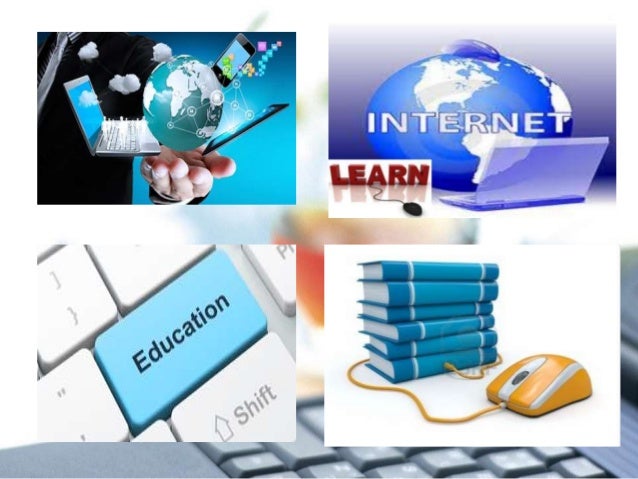
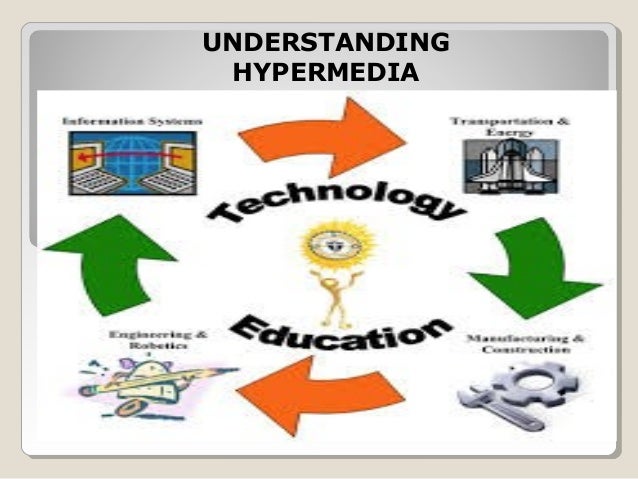


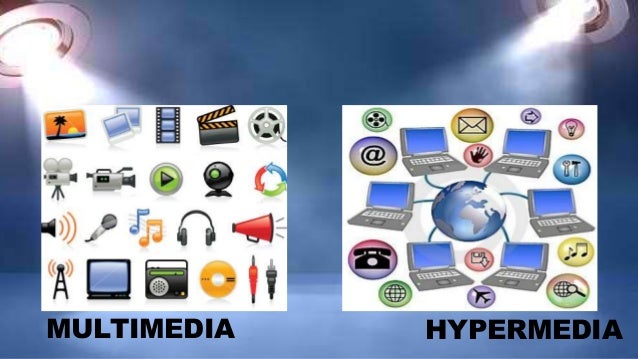

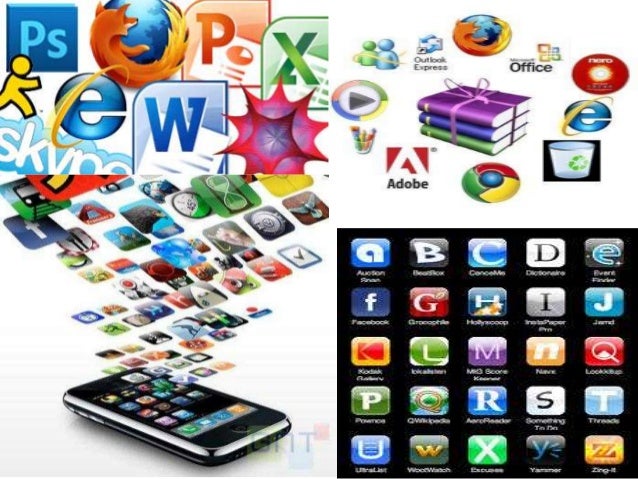







 \
\